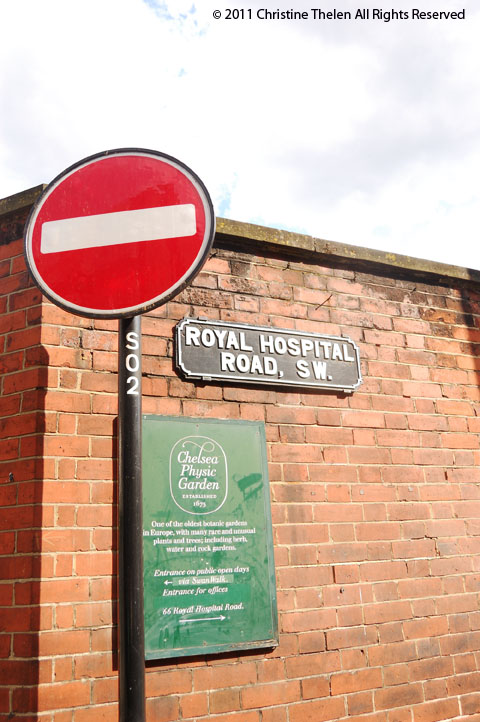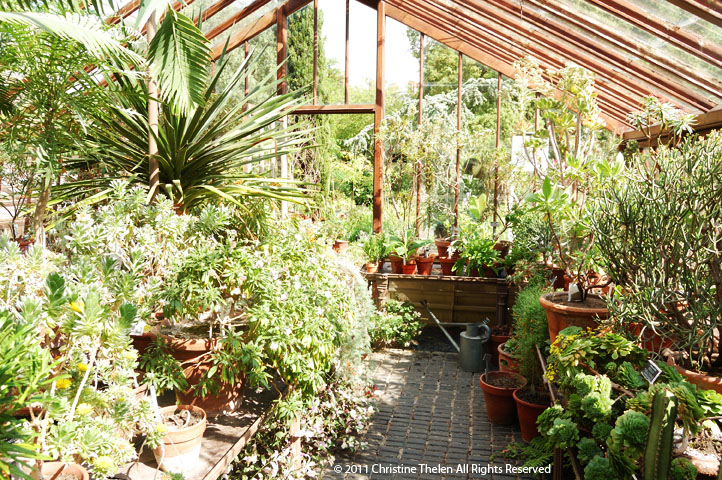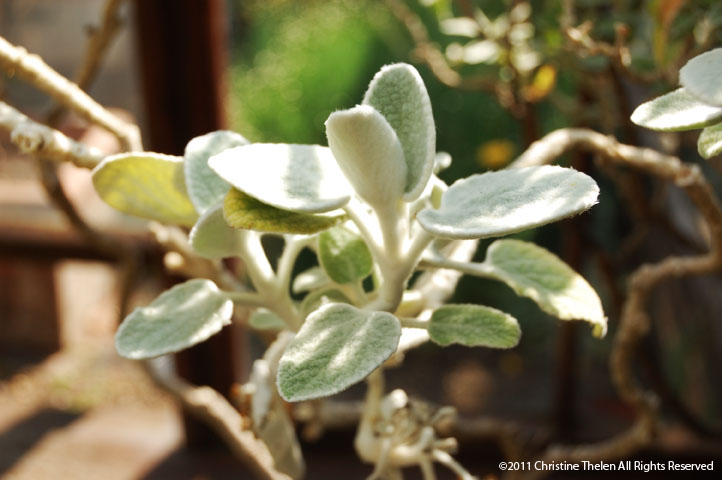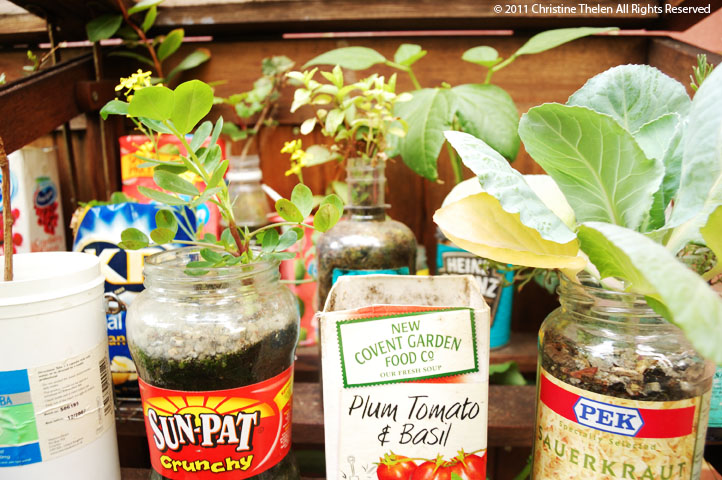London’s Healing Garden
The four-acre Chelsea Physic Garden is London’s second oldest botanic garden, after the University of Oxford Botanic Garden. It is dedicated to the study of medicinal plants and is located along Royal Hospital Road, in close proximity to the River Thames.

Founded by the Worshipful Society of Apothecaries of London in 1673, the Garden was originally called “The Apothecaries’ Garden” but was later renamed. It became one of the world’s most important botanical sites throughout the 1700’s.
.jpg)
![]()
At the time of the creation of its new name, the word “physic” meant, “pertaining to things natural as distinct from the metaphysical.” Now, the Oxford English Dictionary defines physic firstly as “medicinal drugs,” and secondly as “the art of healing.”

That it was constructed independent of a university is only one of the ways in which the Chelsea Physic Garden is so special. Its location has proven perfect time and time again, as the nearby River Thames, combined with the high brick walls surrounding the Garden, provide the plants with a warmer microclimate, allowing for the survival of many non-native species and enabling all outdoor plants to survive the harsh British winters. Moreover, in the past, this location was especially helpful in linking the Garden with open spaces like Putney Heath (south-west London), making “herborising” expeditions easier for botanists.

Through the gate of the Chelsea Physic Garden, one finds a “secret garden” in which it’s certainly no tough task to spend an entire afternoon studying and surveying the wild world of exotic plants. The Garden is laid out in quadrants of narrow rectilinear beds with glasshouses, offices, lecture rooms, the Curator’s house, and a great lawn. On the great lawn can be found the statue of Sir Hans Sloane, whose purchase of the manor of Chelsea, London, in 1712 provided the grounds for the Garden. The Systematic Order Beds are set out to demonstrate the botanical relationship of plants, most of which have labels detailing their botanical classifications and origins.

Some of the extra special features of the garden include the largest fruiting olive tree growing outside in Britain, heated glasshouses thought to be the first in Europe, the oldest man-made rock garden in Europe (Grade II listed status), the world’s northernmost grapefruit growing outdoors, and rare lichens and insects living among the many plants and flowers.

The Garden became a registered charity in 1983, at which time it was opened to the public. To this day, one can still find many medicinal and other useful plants growing there. The Garden remains actively engaged in the effort to exchange seeds through an international “seed exchange” program, one that was started back in the 1700’s. In addition, the Garden is part of a joint initiative to collect data about herbal remedies, which have been used throughout the years in Britain. In fact, the Garden engages the public in this, as there is a “Remembered Remedy” box for visitors to drop notes detailing the herbal remedies that work(ed) for them.

The Garden remains dedicated to serving the community as an educational institution, promoting education, conservation, and scientific research. The surge in interest in natural medicine has kept this living museum of sorts going strong. Classes are offered in everything from beekeeping and nature photography to herbal remedies and botanical painting.
Many thanks to Atlas Obscura contributor Christine Thelen who recently had the good fortune to visit the Chelsea Physic Garden in London. Read another great tale about her visit to Pollok’s Toy Museum that she wrote for Atlas Obscura last year here.



Follow us on Twitter to get the latest on the world's hidden wonders.
Like us on Facebook to get the latest on the world's hidden wonders.
Follow us on Twitter Like us on Facebook